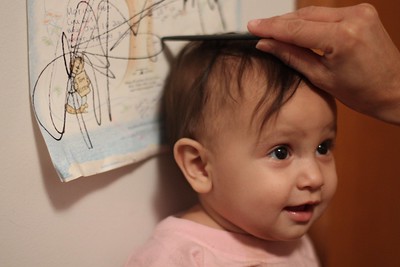Introduction to Physical Development

Did you ever wonder how babies grow from tiny, helpless infants into well-developed and independent adults? It doesn’t happen overnight, but the process begins right from day one. In this section, we’ll cover the rapid physical development that occurs during infancy and early childhood, the changes of middle childhood, the maturation during adolescence, and the physical gains and losses during adulthood. In some ways, the changes in adolescence are more dramatic than those that occur in infancy—unlike infants, adolescents are aware of the changes that are taking place and of what the changes mean. Beyond adolescence, bodies continue to change in middle and older adulthood. In this section, we will learn about the pubertal changes in body size, proportions, and sexual maturity, as well as how reproductive systems change in middle and older adulthood.
Underlying the obvious physical changes are changes in the brain. While we may not observe the actual brain changing, we can see the effects of the brain changes in the way that children sense, move, sleep, play, and learn. We will explore how infants’ senses develop and how sensory systems like hearing and vision operate, and how infants take in information through their senses and transform it into meaningful information. Infants are also born with motor abilities. At birth, infants are equipped with a number of reflexes, which are involuntary movements in response to stimulation. We will explore how these innate reflexes are eventually modified through experiences to become voluntary movements and the basis for motor development. Our bodies will continue to grow and change into adulthood, and we will discuss common changes in the body in middle and older adulthood.
Our sensory systems are our primary source of information about the world, and this section will also cover changes in sensory and perceptual development from infancy to old age. Infants are born with some sensory systems fully developed while others are not, and we will track the early development of these systems. Conversely, as we age, some sensory systems are more resilient than others. These changes are inevitable and have implications for our activities of daily life, but there are some habits that can be developed early in life that can have an impact on delaying these sensory declines.
Licenses & Attributions (Click to expand)
https://topicaldevelopment.pressbooks.sunycreate.cloud/part/child-physical-development/
Lifespan Development by Nicole Arduini-Van Hoose is licensed under a Creative Commons Attribution-NonCommercial-ShareAlike 4.0 International License, except where otherwise noted.
Growth by Alec Couros is licensed under a CC BY-NC-SA license.
